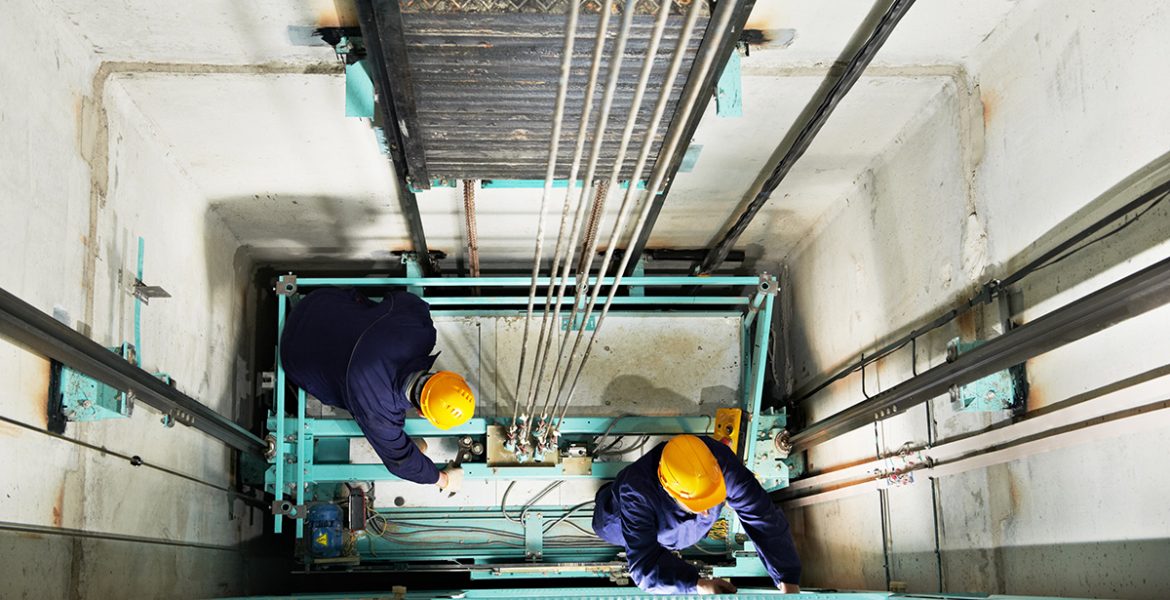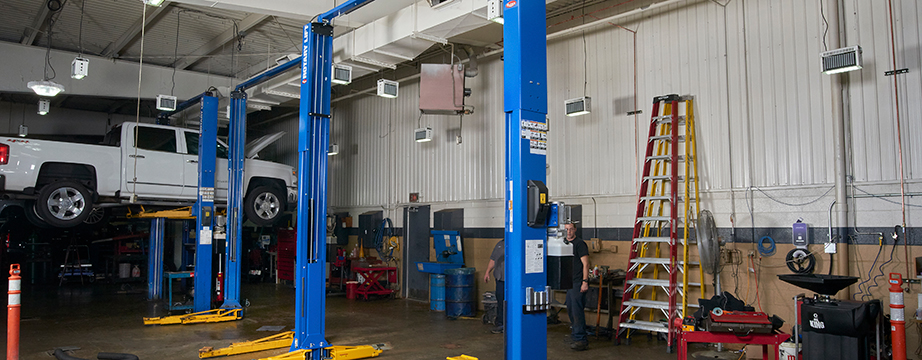Comprehensive Overview to Elevator Systems and Their Maintenance
Navigating the complex globe of elevator systems and their maintenance is a task that requires precision and expertise. From the various types of lift systems in use to the careful adherence to safety and security policies, the maintenance of these vertical transportation tools is a multifaceted venture.
Kinds of Elevator Solutions
Lift systems come in various types, each made to suit particular structure needs and user needs. The most typical kinds consist of hydraulic elevators, traction elevators, machine-room-less lifts, and vacuum cleaner elevators. Hydraulic elevators are optimal for low-rise structures and make use of a hydraulic piston to move the elevator auto. Traction elevators, on the other hand, are a lot more matched for skyscrapers and use steel ropes and counterweights to move the cars and truck. Machine-room-less lifts are a space-saving alternative as they do not call for a separate machine room for the elevator machinery. Vacuum elevators, a much more contemporary development, usage atmospheric pressure differentials to relocate the auto within a clear tube.
Each kind of lift system has its very own advantages and drawbacks, making it important for structure proprietors and programmers to meticulously consider their details demands before selecting the most ideal choice. Aspects such as constructing height, area availability, power efficiency, and spending plan restraints all play a significant function in establishing the best lift system for a specific building.
Usual Upkeep Issues
Regular maintenance of elevator systems is important to make certain smooth procedure and lengthen their life-span. Regardless of regular upkeep, elevator systems can still experience common upkeep concerns that require to be promptly addressed to protect against disruptions in solution. Normal assessments and positive maintenance can help identify and settle these usual upkeep problems before they escalate and influence the general performance of the elevator system.
Safety And Security Rules and Compliance
Sticking to rigorous safety and security guidelines and guaranteeing compliance with sector requirements are critical for maintaining the functional stability of elevator systems. Elevators are subject to a thorough collection of safety laws to secure travelers, upkeep workers, and the general public. Governing bodies such as the Occupational Security and Health Administration (OSHA) in the United States and the European Lift Organization (ELA) in Europe establish standards that cover different aspects of lift design, upkeep, procedure, and setup.
Conformity with these policies is not just a legal need but additionally a moral responsibility for structure proprietors and elevator upkeep companies. Failure to fulfill security criteria can result in fines, lawful liabilities, and, most significantly, jeopardize the safety and security of individuals utilizing the lift. useful content Regular assessments, upkeep checks, and adherence to safety procedures laid out in the regulations are vital to make sure the effective and secure procedure of elevator systems. By prioritizing security laws and conformity, stakeholders can copyright the count on of the public and minimize possible threats related to lift usage.
Ideal Practices for Maintenance

Structure owners should additionally consider spending in modernization upgrades to boost the effectiveness and safety of their lift systems. By following these finest techniques, lift systems can run smoothly and securely, offering reliable upright transport for residents.

Advanced Technologies for Efficiency
Applying innovative innovations in elevator systems can dramatically improve operational performance and passenger experience. These systems permit travelers to input their desired flooring before getting in the elevator, which after that directs them to the most reliable automobile.
Moreover, the assimilation of smart sensing units and predictive upkeep capabilities has actually transformed lift upkeep. These sensing units can spot prospective concerns before they rise, allowing aggressive maintenance treatments and minimizing downtime. Furthermore, making use of energy-efficient parts and regenerative drives helps in reducing power usage and operating expense in lift lift repair companies near me systems.
Additionally, the execution of cloud-based monitoring and remote diagnostics enables for real-time monitoring of elevator performance and prompt troubleshooting of any malfunctions. This positive strategy not just improves system dependability however also improves the general individual experience by ensuring undisturbed and smooth elevator procedures.
Verdict
To conclude, comprehending the different types of lift systems, usual maintenance problems, safety guidelines, best upkeep practices, and advanced innovations for efficiency is vital for ensuring the smooth operation of elevators. By sticking to safety and security laws and applying best methods for maintenance, structure proprietors can prolong the life expectancy of their elevator systems and guarantee the security of travelers. It is essential to remain upgraded on the current improvements in elevator technology to boost performance and dependability.
The most common types consist of hydraulic elevators, grip elevators, machine-room-less lifts, and vacuum cleaner lifts. Hydraulic elevators are ideal for low-rise buildings and use a hydraulic piston to relocate the lift automobile. Machine-room-less elevators are a space-saving choice as they do not need a different machine room for the lift machinery. Routine evaluations and proactive maintenance can aid determine and solve these common maintenance problems before they intensify and impact the total efficiency of the lift system.
